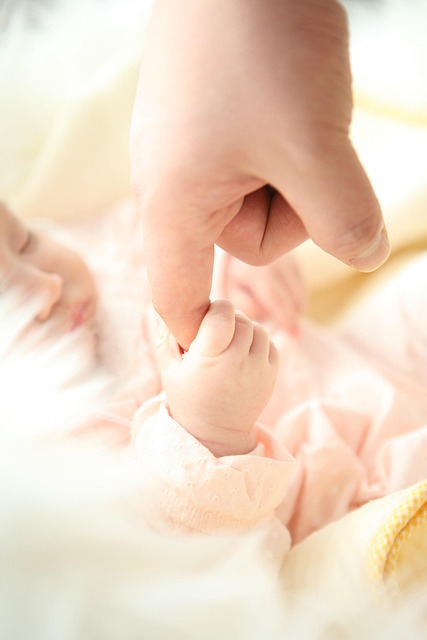Cost-Saving Strategies Without Sacrificing Comfort
Practical tips can help families manage diapering expenses while keeping infants comfortable. This short guide highlights choices around absorbency, sizing, materials, and travel-ready options to maintain comfort and reduce waste without sacrificing performance.

Caring for a newborn involves frequent changes and ongoing choices about nappies that balance cost and comfort. Prioritizing absorbency and leakproof design, choosing appropriate sizing, and understanding material and certification labels can reduce surprises and unnecessary spending. This article is for informational purposes only and should not be considered medical advice. Please consult a qualified healthcare professional for personalized guidance and treatment.
How do infant and newborn needs differ?
Infants and newborns have different patterns of wetness and skin sensitivity. Newborns typically require smaller sizing and more frequent changes, which influences pack size and cost per change. Paying attention to nappy fit and gentle materials can reduce leaks and skin irritation, potentially lowering replacement frequency and related expenses. Tracking how often changes occur over a week helps you estimate realistic weekly usage for budgeting and buying the correct pack sizes.
Why do absorbency and leakproof features matter?
Absorbency and leakproof construction are central to comfort and cost efficiency. Higher absorbency often reduces the need for overnight or mid-trip changes, while reliable leakproof barriers prevent clothing and bedding replacements. Evaluating how a product performs during typical sleep and activity patterns—rather than advertising alone—lets caregivers choose options that decrease laundry and extra supplies, saving time and money in the long run.
Are hypoallergenic materials and certifications worthwhile?
Hypoallergenic materials and independent certifications can signal gentler options for sensitive skin. Certifications from recognized bodies indicate testing for allergens or chemical residues and can help guide safer purchases. While certified products sometimes cost more per pack, they may reduce skin issues that require special creams, clothing changes, or medical visits, which can offset the initial price difference. Reading labels and considering trial packs helps determine whether certified options are cost-effective for your family.
Can sustainability and biodegradable options reduce costs?
Sustainability and biodegradable nappies appeal for environmental reasons, but cost and performance vary. Some eco-friendly options are competitively priced and offer comparable absorbency; others come at a premium. Consider lifecycle factors—frequency of changes, waste disposal rules in your area, and whether reusable cloth nappies fit your routine. For many households, a mix of disposable and reusable solutions for overnight or travel use can balance sustainability goals with immediate budget constraints.
Sizing, overnight and travel considerations
Correct sizing reduces leaks and discomfort, saving on extra nappy use and laundry. For overnight needs, select higher-absorbency options or specially designed overnight nappies to avoid mid-sleep changes. For travel, compact, reliable packs and leakproof layers reduce the need for extra clothing and hotel linen changes. Keeping a small travel kit with appropriately sized nappies prevents emergency purchases at higher convenience prices while on the road.
Real-world cost and product comparison
Below is a concise comparison of commonly available products to illustrate typical price differences and features. These entries reflect widely known providers and representative product lines; check current retailers for exact options and local availability.
| Product/Service | Provider | Cost Estimation |
|---|---|---|
| Swaddlers (single pack) | Pampers (Procter & Gamble) | About $0.18–$0.30 per nappy (varies by size and retailer) |
| Little Snugglers (single pack) | Huggies (Kimberly-Clark) | About $0.16–$0.28 per nappy |
| Honest (standard disposable) | The Honest Company | About $0.22–$0.40 per nappy |
| Bambo Nature (eco disposable) | Bambo Nature/Cura | About $0.22–$0.45 per nappy |
| Store-brand (bulk) | Major retailers (store brands) | About $0.10–$0.20 per nappy |
Prices, rates, or cost estimates mentioned in this article are based on the latest available information but may change over time. Independent research is advised before making financial decisions.
Conclusion
Balancing comfort and cost for nappies is achievable by matching product features to your infant’s needs, observing absorbency and leakproof performance, and selecting appropriate sizing for overnight and travel situations. Comparing real-world pricing, considering certifications, and experimenting with mixed strategies—such as combining reusable nappies with disposables for specific situations—can reduce expenses while keeping newborns comfortable and protected.



